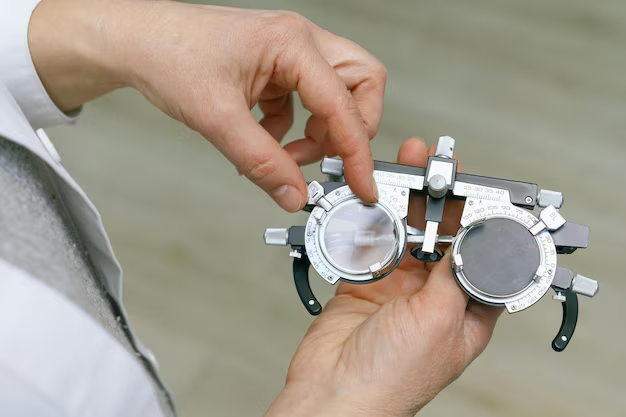Discovering What Happens to a Cataract After It's Removed
Cataracts can significantly affect vision, often described as looking through a cloudy window. When one undergoes cataract surgery, it's normal to wonder what a cataract actually looks like once it is removed. Let's delve into the intricacies of cataracts, what one might expect post-surgery, and explore related topics that enrich our understanding of this common eye condition.
The Basics: Understanding Cataracts
A cataract is essentially a clouding of the eye’s natural lens, which lies behind the iris and the pupil. The lens works much like a camera lens, focusing light onto the retina and adjusting focus. When cataracts form, the lens becomes progressively opaque.
How Cataracts Develop
- Proteins in the lens clump together, starting small and getting larger over time.
- Vision changes may begin with slight blurriness and gradually lead to significant haziness.
- Age-related cataracts are most common, but other factors, such as diabetes, smoking, or prolonged exposure to sunlight, can accelerate development.
Symptoms and Diagnosis
- Blurred or double vision
- Sensitivity to light
- Colors appearing faded
- Difficulty seeing at night
An ophthalmologist diagnoses cataracts during a comprehensive eye examination.
What Happens During Cataract Surgery?
Cataract surgery is a routine procedure with a high success rate. Understanding its process can demystify concerns or curiosities about the surgery.
Step-by-Step Surgical Process
- Preparation: Administration of local anesthesia ensures comfort during the procedure.
- Incision: A small incision is made in the cornea.
- Lens Removal: Using a technique called phacoemulsification, the clouded lens is broken into fragments and removed.
- Lens Replacement: An artificial lens, known as an intraocular lens (IOL), is inserted.
Recovery and Immediate Aftermath
- Vision may be blurry initially but typically improves within a few days.
- Follow-up appointments are crucial to monitor healing progress.
What Does a Cataract Look Like When Removed?
Once removed, a cataract doesn't appear like a conventional object. Here’s what usually happens:
Appearance of a Removed Cataract
- Cloudy or opaque proteins are seen, often colorless.
- The removed cataract resembles a small, solid mass depending on its density and size before removal.
What Happens to the Removed Cataract?
Many might wonder where the cataracts go post-surgery. Removed fragments are collected and disposed of as medical waste following strict regulations.
A New Lens: What It Means for Vision
After cataracts are removed, patients receive an intraocular lens (IOL). These lenses come in various types, each serving different vision needs:
Types of Intraocular Lenses
- Monofocal Lenses: Standard option; corrects for distance vision.
- Multifocal Lenses: Allow for multiple focal points, aiding near, intermediate, and distance vision.
- Toric Lenses: Specifically designed for patients with astigmatism.
Adjusting to New Vision
Most people notice an immediate improvement in vision clarity. However, some adjustment time is expected as the brain learns to process vision from the new lens.
Related Topics: Enriching Your Cataract Understanding
Exploring cataract-related aspects can provide a more comprehensive view of this condition and its management.
The Role of Lifestyle in Cataract Prevention
- Healthy Diet: Rich in antioxidants can support eye health.
- Sun Protection: Wearing sunglasses that block UVA and UVB rays.
- Regular Eye Check-ups: Early detection and management of cataracts.
Advances in Cataract Surgery
- Laser-Assisted Surgery: Offers precision in making incisions and softening the cataract.
- Smart IOLs: Coming innovations focus on lenses that adjust automatically to focus.
Quick Tips for Post-Surgery Recovery 👁️
Here’s a practical guide to aids in recovery:
- Rest: Allow adequate rest post-surgery to prevent strain.
- Shield: Use protective eyewear to shield eyes from dust and light.
- Avoid Water: Keep eyes away from water to prevent infection initially.
- Medication Adherence: Follow prescribed eye drop routine strictly.
The Journey Beyond Cataracts
While the thought of cataracts and their removal can be daunting, understanding the process and aftermath can empower you during your decision-making and recovery journey. Cataract surgery marks a pivotal turning point towards clarity and improved vision, with advancements continually enhancing the procedure's effectiveness.
Remember, maintaining eye health through regular check-ups and healthy habits complements surgical interventions, ensuring vibrant and clear vision as you navigate life’s many vistas.
